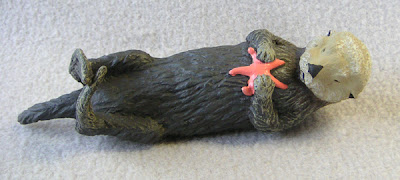Perfect for parties or everyday use!
Our Plastic Animal Drinking Cups
THESE ARE NOT "SIPPY CUPS"! Our animal cups are an excellent alternative to sippy cups. Doctors, dentists, pediatricians, parents, grandparents and other care-givers are moving away from sippy cups due to the discovery that cavities in young children may be exacerbated by the shape of the sippy cup. Our animal cups have the regular rim of a plastic mug, but are made in small sizes for children. Each cup is 3 inches tall, 2 5/8 inches in diameter, and holds 7 1/2 oz. of liquid when filled. They are dishwasher safe, very durable, and come in four colors and a variety of animals. The manufacturer's test results showed that the plastic is NOT TOXIC for small children. Also, in regards to another question, the Safety Department at K&M International (the importer) tells us, "They have been tested and do not contain Bisphenol A." (Bisphenol A is a chemical sometimes found in clear, flexible plastics."
This blog is sponsored by Tapir and Friends Animal Store.





































